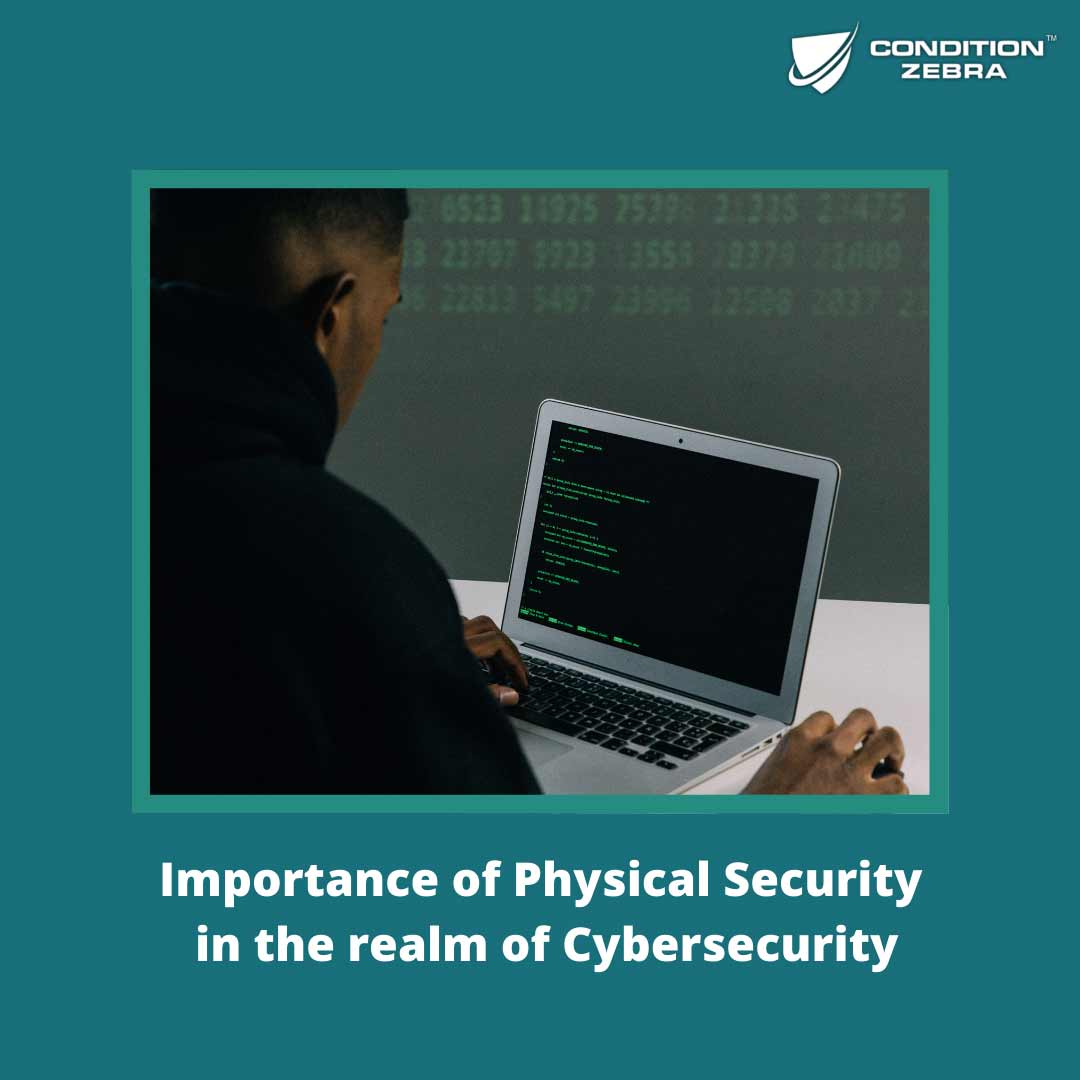This article discusses the importance of physical security in the realm of cybersecurity.
Understanding Physical Security Threats
Many organizations think after migrating their infrastructures which are commonly referred to as “the cloud”, will reduce the reliance on a physical IT architecture.
From a physical security standpoint, it’s also crucial to address external and internal threats.
Physical security around office locations where an organization’s laptops, phones, and other information-related devices are located are still of crucial importance as employee mobility increases.
Therefore, physical security measures are required, otherwise, your data is always at risk.
Before developing a good physical security system. Organisations must first understand the threats they face. Here are the top 6 physical security threats.
Top 6 Physical Security Threats
1) Tailgating
Tailgating, also known as piggybacking, is a physical security breach.
This occurs when an unauthorised person follows behind an authorized person to gain access.
2) Theft of reports
Most offices have sensitive documents lying around in work areas to printer stations.
Thus, confidential information can fall into unacceptable hands.
3) Unacknowledged guests
Unacknowledged guests represent a genuine danger, as you cannot verify the person.
4) Stolen ID
In the case of a stolen ID where someone is utilizing another person’s access card to gain access to a physical location.
5) Terminated employees gain unauthorized office access
In the case of termination of employment, the building security agencies are not informed.
Thus, terminated employees can gain access to the office.
6) Social Engineering
Usually, social engineering uses human manipulation tricks to get access to confidential information. It relates to physical security whenever the attackers are around the office premises.
It’s essential to train your employees on cybersecurity to increase their awareness for a safer working environment.
Must have Physical Security Framework
Organizations are in danger of theft, vandalism, sabotage and exortion, especially when their resources aren’t completely secure.
The most ideal way of keeping things under control is to separate security into four layers.
1) Deterrence
A key control framework is a method to secure your organization from physical security standpoints. Doors made of uncompromising material like steel keeps criminals away. Secret keys, cards, biometric identification and CCTV surveillance make it hard for criminals.
2) Access Control
This is a fundamental layer of safety, which determines the levels of access assigned. Access control can restrict access to your resources which depend on the time or days.
3) Detection
With manual locks, you have no chance to find out unapproved access. Electronic lock types, allows you to send alert triggers like messages or emails in the case of unauthorized access.
This detection method assists you with recognizing and resolving potential security breaks.
4) Identification
Avoid the danger of secret phrase sharing by using biometric unique finger impressions. With a video camera, you can recognize the person behind each entry.
Conclusion
Despite the widespread adoption of cloud-based systems, physical security remains critical.
Organizations must address the link between information and physical security as a result of the convergence of the two security domains.
Analyse both physical and information security to do comprehensive security audits. This will reveal possible weaknesses allowing firms to better protect all their assets.
Condition Zebra is a leading Cybersecurity company that specialises in IT Security training with a focus on Penetration Testing related services.
You can also improve your Network Pentest and Web Pentest skills with our safe Online Distance Learning, an alternative for our usual customized IT Security training for IT Professionals, our clients and business partners. Our January to June, 2022 training schedule is out. Click here to learn more.

